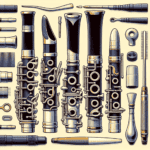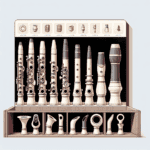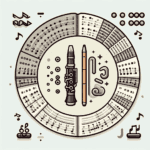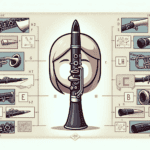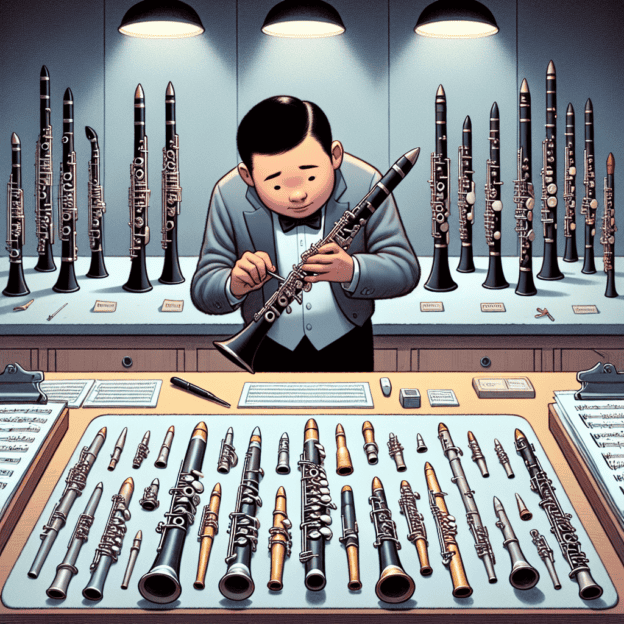Achieving the perfect sound on the clarinet involves many factors, but mouthpiece facing is a key component that professional clarinetists often overlook. The right facing can dramatically affect tone quality, tuning, and overall playability. Let's explore the various types of mouthpiece facings, compare their characteristics, and see how they can improve your playing experience.
Understanding Mouthpiece Facing
The facing of a clarinet mouthpiece is the angle and length of the surface where the reed attaches. It significantly influences how air flows through the mouthpiece and how the reed vibrates. Matching the facing correctly can lead to better control and a more refined sound.
Types of Mouthpiece Facings
Each type of mouthpiece facing has its own unique qualities. Here's a breakdown of the main types:
| Facing Type | Characteristics | Best Suited For |
|---|---|---|
| Short Facing | Quick response, strong projection | Jazz players, those needing quick articulation |
| Medium Facing | Balance of response and control | Versatile, suitable for various genres |
| Long Facing | Better tone control, richer sound | Classical players, those seeking darker tones |
Factors Influencing Mouthpiece Choice
Selecting the right mouthpiece facing requires considering several factors:
- Musical Genre: Jazz players often prefer shorter facings for quick articulation, while classical players might choose longer facings for warmer tones.
- Playing Style: Expressive players may benefit from longer facings for better control, while those playing faster pieces might opt for shorter facings for agility.
- Reed Strength: The reed's strength and type can affect mouthpiece performance. Stronger reeds might require shorter facings to achieve a good balance.
Mouthpiece Material Comparison
Besides the facing, the mouthpiece material also impacts playability:
Mouthpiece Materials:
- Hard Rubber: Durable, provides warm sound, popular among professionals
- Plastic: Lightweight, affordable, common in educational settings
- Metal: Offers brighter, focused sound, may require more adjustment
Testing and Personal Preference
Finding the ideal mouthpiece facing for your clarinet playing involves trying different styles. Look for shops that allow you to test various mouthpieces. Talking to fellow musicians or instructors can provide valuable insights into their preferences and experiences.
Consider keeping a journal to track how different mouthpieces affect your sound in various settings. This practice can help you make informed decisions as you develop your unique sound.
Conclusion
The mouthpiece facing plays a crucial role in clarinet sound production, control, and expression. By comparing different types, materials, and facings, professional clarinetists can find the best match for their playing style. Remember that individual preferences vary, so it's important to assess mouthpieces personally to find what works best for you.

